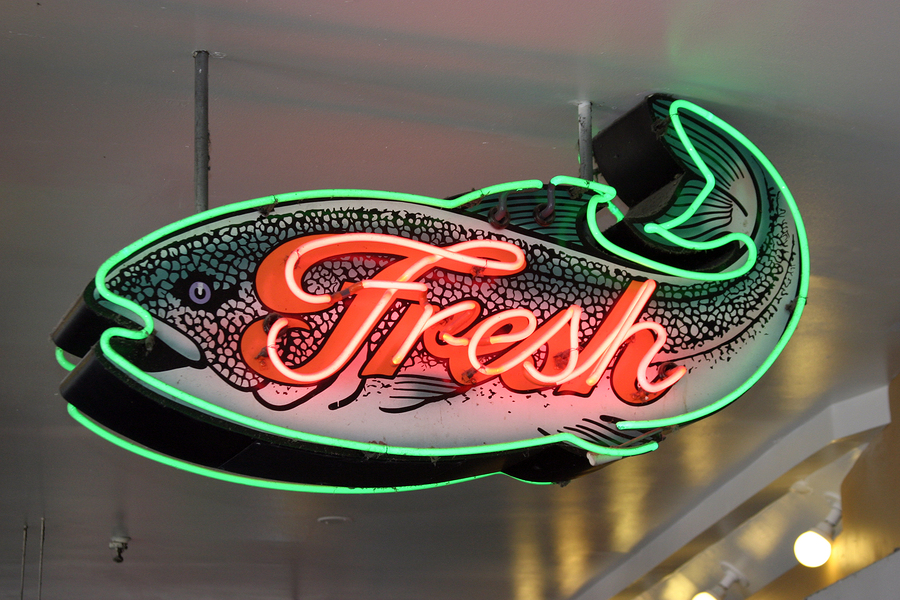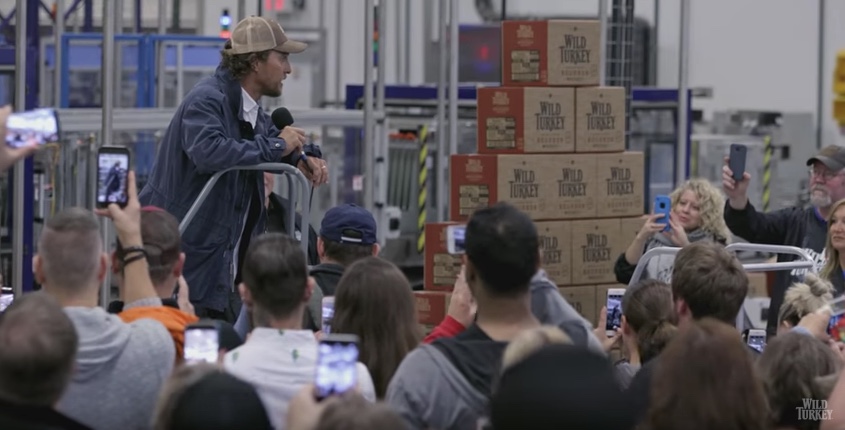
WILL SOCIAL CHANNEL SHIFTS DRIVE BRANDS TO GO DIRECT?
February 23rd, 2018 Posted by Emergent Agency Services, brand marketing, CMO, Content Marketing, Digital marketing, digital tools, food retail strategy, Food service, Social community, Social media, social media marketing 0 comments on “WILL SOCIAL CHANNEL SHIFTS DRIVE BRANDS TO GO DIRECT?”Brands look to better manage their own destiny
As we’ve stated many times here at Emergent, the brand that gets closest to the customer wins. Yet a form of strategic separation now descending on the food marketing universe has made it more challenging for brands to manage how that consumer closeness is achieved. These same conditions help contribute to the collapse of traditional media marketing models (about scale and control) often deployed by legacy brands to build and maintain consumer relationships.
As a result, we believe what’s ahead for CPG food may well include a large helping of direct-to-consumer outreach efforts. E-commerce growth has already redefined the business landscape, giving consumers a comfort level with buying products from home.
Retail isn’t going away, online or off, but we think a measurable percentage of the business overall may indeed move to direct-to-consumer platforms.
Meantime escalating brand participation in the “walled garden” of rented audiences in major social channels, such as Facebook, YouTube, Instagram and Twitter, has also conveyed relationship control to these platform intermediaries. On any given day, the decisions made by these social media giants can be a good thing or bad as their policy changes impact what brands can and cannot do on their platforms.
- Brands, now forced to reckon with the shift of business to e-commerce, are finding the complexity of cross channel marketing and online engagement has already worked to snuff out the last embers of mass media’s flame. Disappearing with mass media’s grip is the brand’s ability to efficiently leapfrog various forms of retail or other digital gatekeepers to capture consumer brand equity and preference.
Algorithm alarm bell – now what?
Food and beverage companies working to implement their brand-building strategies in social channels find themselves challenged once again, as the behemoth community aggregators like Facebook, Instagram and YouTube adjust algorithms and feed policies making it harder to organically scale audience attention and reach.
In January, the tide turned (the second time since 2016) as Facebook announced yet another round of changes that favor posts from friends and family while diminishing organic post distribution from brands and publishers. Larger, mega-influencers – who must use Pages rather than personal Facebook accounts – will face a similar audience squeeze.
More regulated content policies put greater pressure on brands in social channels to up their shareable post quality game. We believe though, these restrictive conditions will add more value to building direct consumer relationships. This means, thoughtfully reconsidering how best to connect with consumers and deploy tools that sit outside the control of social channel policy moves, through owned channels like Blogs and email (e-newsletter).
Consequently, we believe the model for food and beverage brand building may change in the next three to five years. Pepsico currently projects their annual e-commerce sales to be north of a $1 billion across direct, retailer-owned and pure play (Amazon) e-commerce channels.
Of note, many of the new and emerging brands now grabbing the marketing spotlight in food, got their start in the direct-to-consumer space, where they built a loyal fan following before venturing into retail channel distribution.
- A classic example: in the personal care category, online brand Harry’s disrupted the legacy razor blade industry by answering consumer frustration over runaway price increases. They successfully constructed a direct-to-consumer subscription model that helped Harry’s deliver a more affordable, high-quality alternative. The new Harry’s brand story, alongside rival Dollar Shave Club, helped end Gillette’s dominance.
As consumer contentment with buying online continues to expand in adjacent businesses, Harry’s recently secured added equity investment to fund another bellwether expansion. This time into other personal care, household and baby products categories that may naturally fit into a subscription model.
Bottom line: selling directly allows the brand unfiltered and unfettered access to consumers. As such it enables a direct flow of conversation without the unexpected shifts that are occurring in third party social channels due to conflicting business interests and priorities.
Behavior changes occurring behind the curtain
We see the shift to e-commerce as an outcome of evolutionary progress – meaning anything that adds measurably to consumer convenience and satisfaction is going to get its day in the sun.
During the last decade consumers spent 12 percent less time shopping, according to Jared Koerten, senior food analyst with Euromonitor International. “Consumers are spending less time shopping (while) looking for efficiencies and ways to save time,” he said. The result is fewer conventional shopping trips while online ordering continues to accelerate.
E-commerce and the digital communications environment will continue to be a major focus of brand marketing strategies. Consumers see the value in reallocating their spare time from shopping trip to other passions and pursuits. Be that as it may, other changes are occurring in the digital universe that impact how closer consumer relationships are incubated.
Emergent’s guidance on optimizing social channel strategy:
- Social algorithm changes enhance the valuable role of smaller (nano) influencers and the content they create, while amplifying the need to ensure that influencer relationships are truly founded on aligned interests and subject matter relevance.
- Social channel policy changes that depress organic distribution and engagement will necessitate yet again, more pay-to-play activity to boost posts.
- There will be diversification of outreach strategies to include more investment in direct paths of communication through Blogs and email.
- Rise of User Generated Content as a key component of social media marketing strategy. This tactic helps sidestep the policy changes and hits the right notes on authenticity and value to brand community participants.
- In case you’re wondering what form of content ranks highest in shares on social channels: Infographics.
Social channel policy changes and the dynamics of e-commerce may favor a new look for brand marketing that leans in on going direct. With it comes great responsibility in how these interactions are managed – so it doesn’t appear to be just a transactional proposition.
Help over hype – always.
Looking for more food for thought? Subscribe to our blog.
Bob Wheatley is the CEO of Chicago-based Emergent, the healthy living agency. Emergent provides integrated brand strategy, communications and insight solutions to national food, beverage, home and lifestyle companies. Emergent’s unique and proprietary transformation and growth focus helps organizations navigate, engage and leverage consumers’ desire for higher quality, healthier product or service experiences that mirror their desire for higher quality lifestyles. For more information, contact [email protected] and follow on Twitter @BobWheatley.




